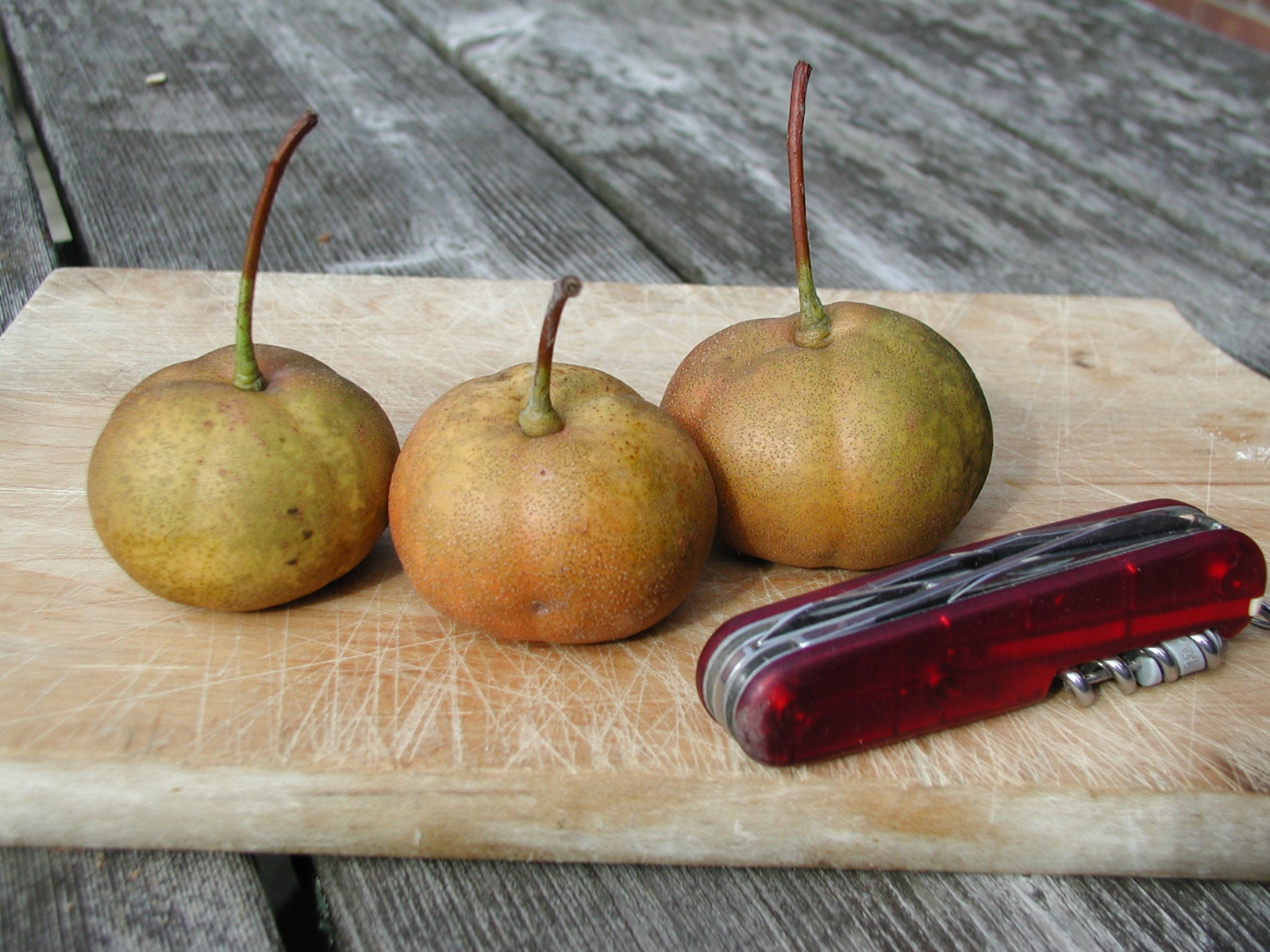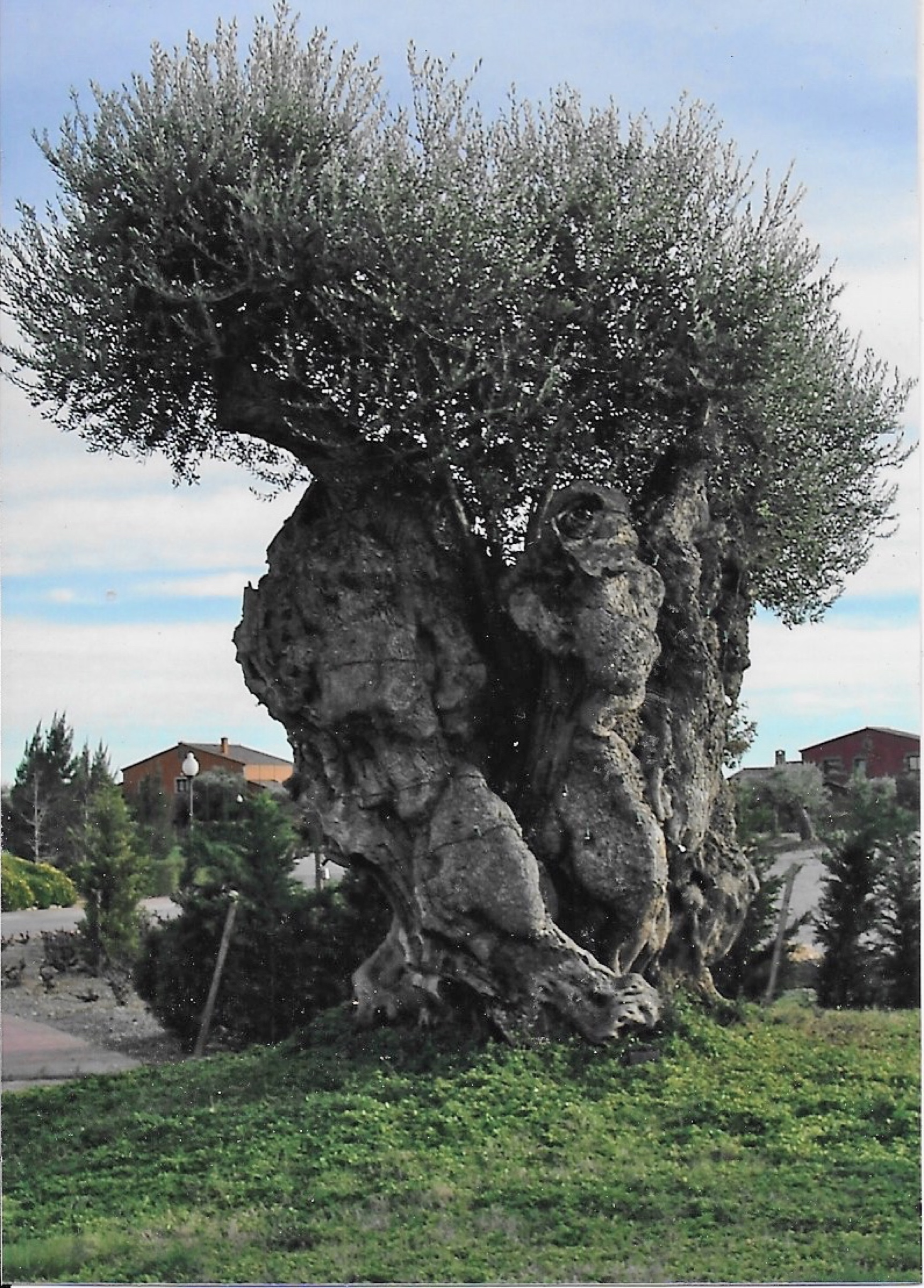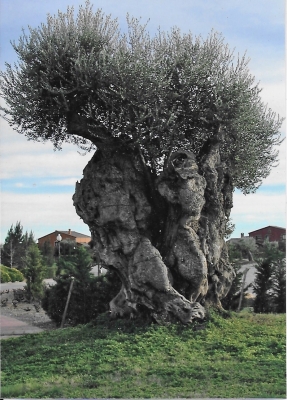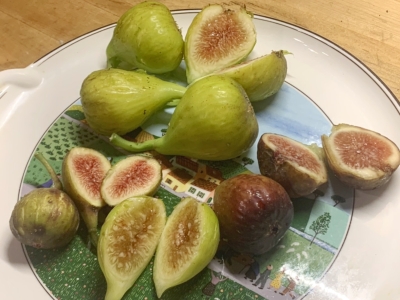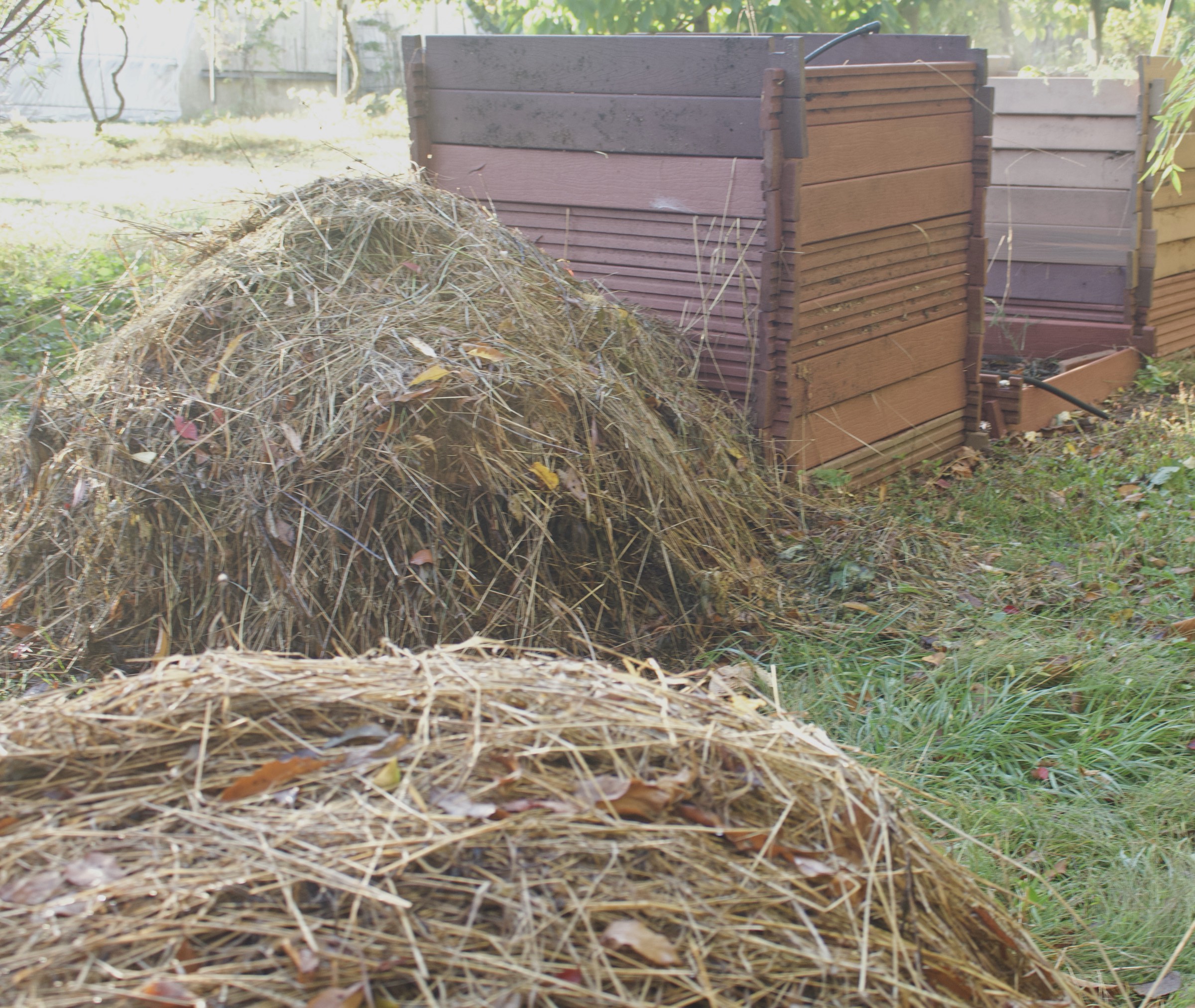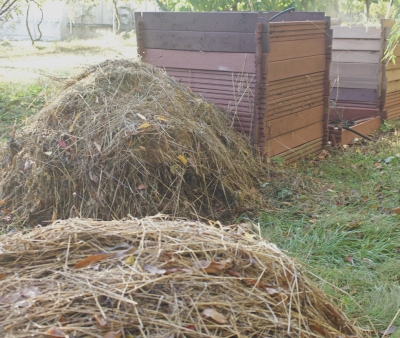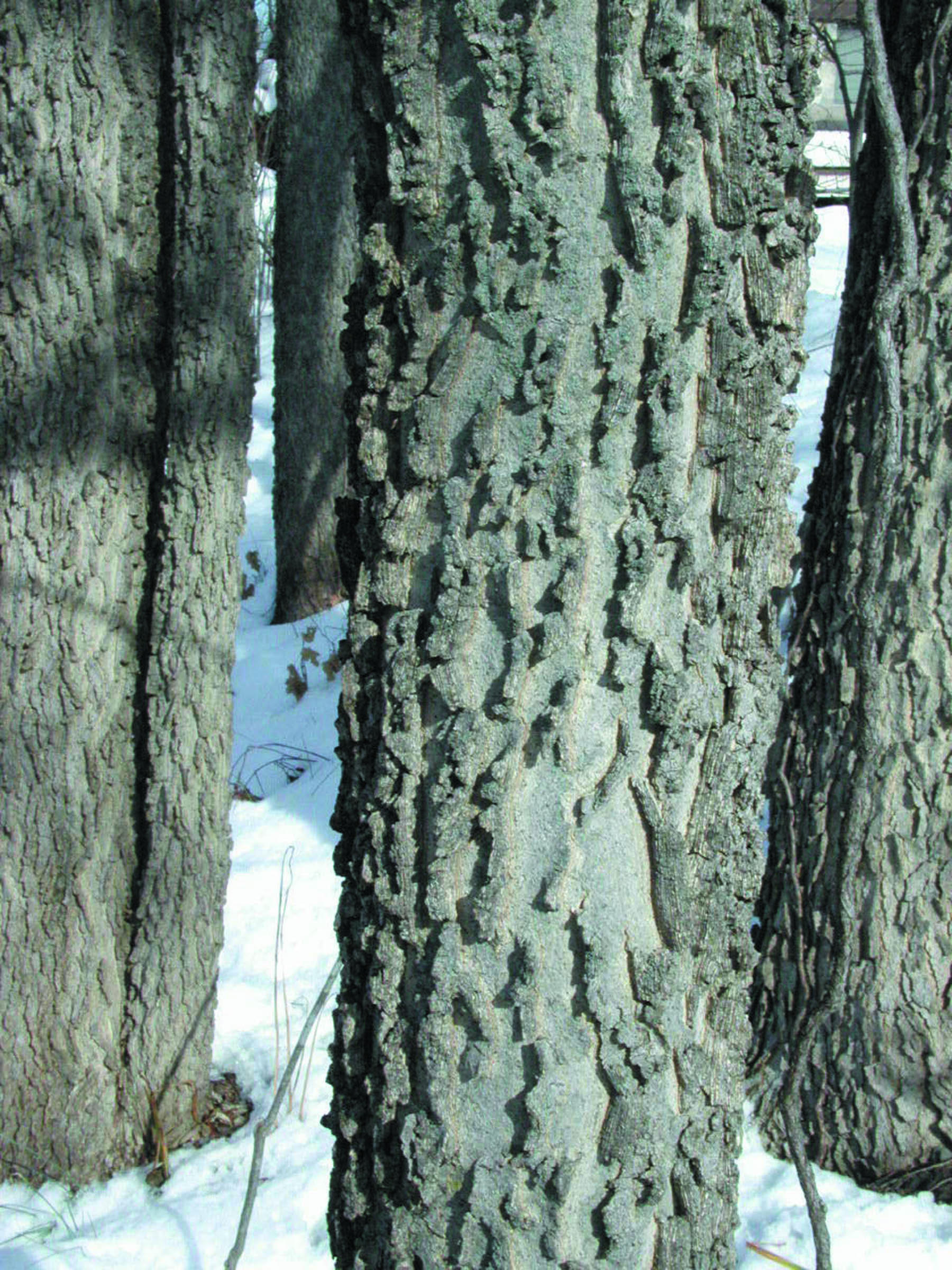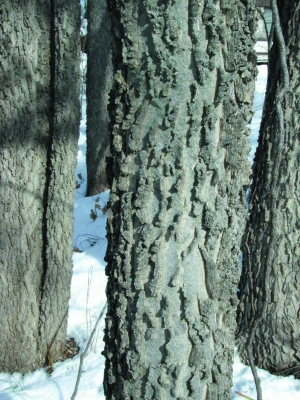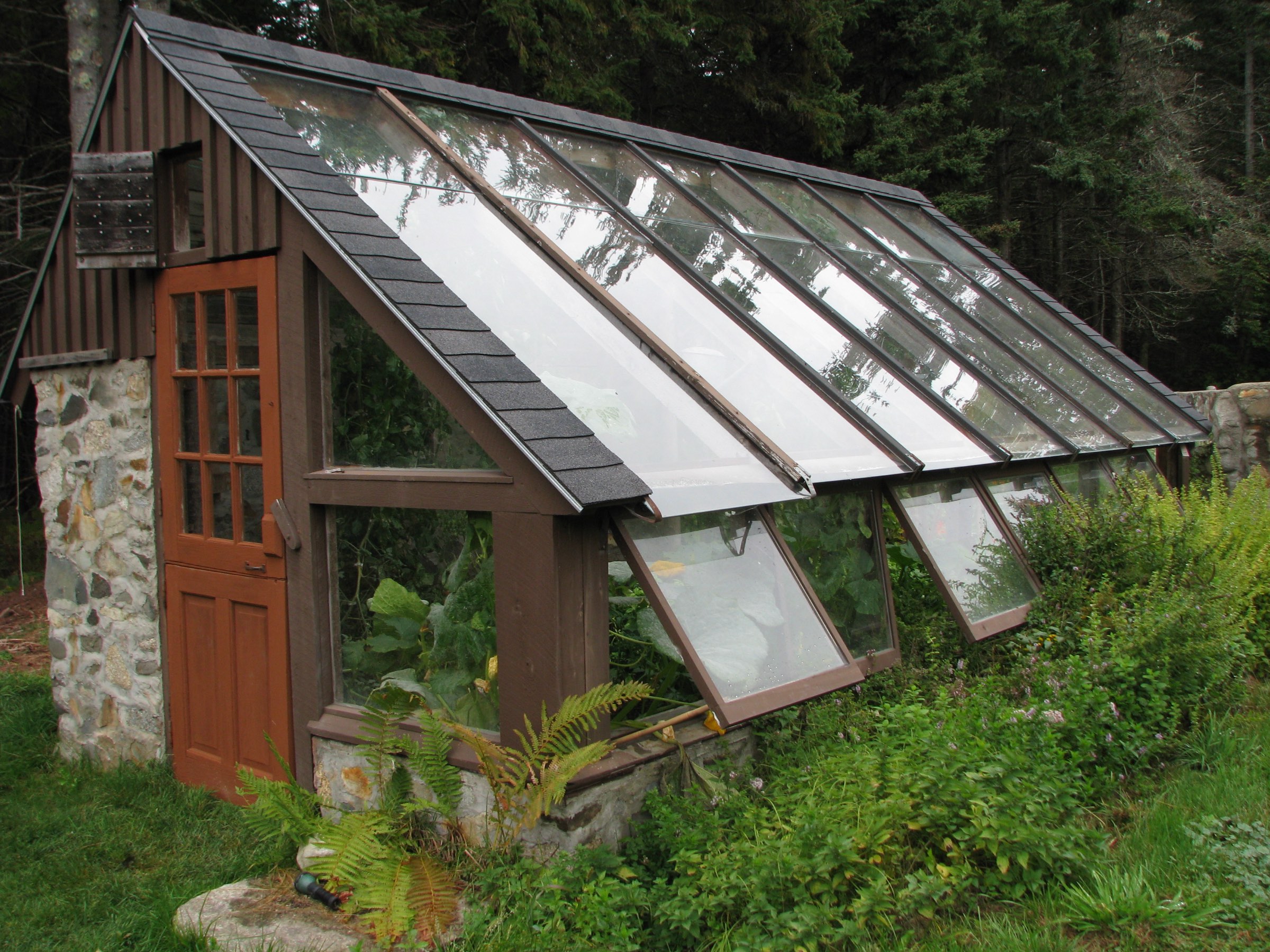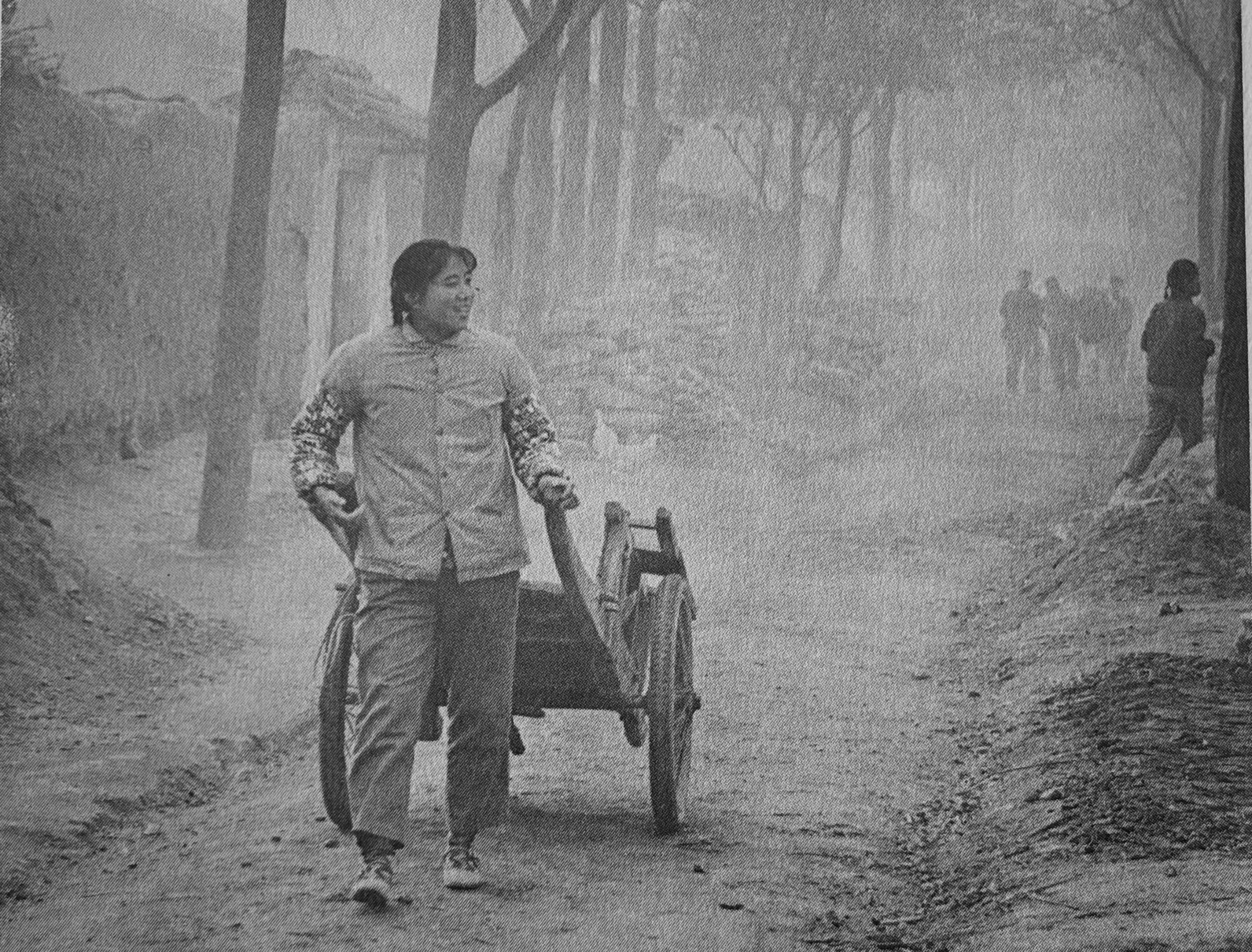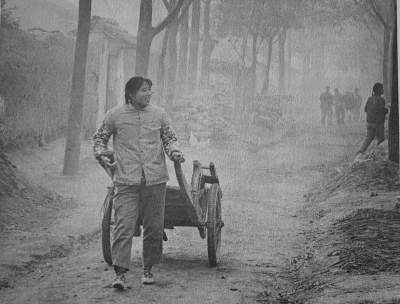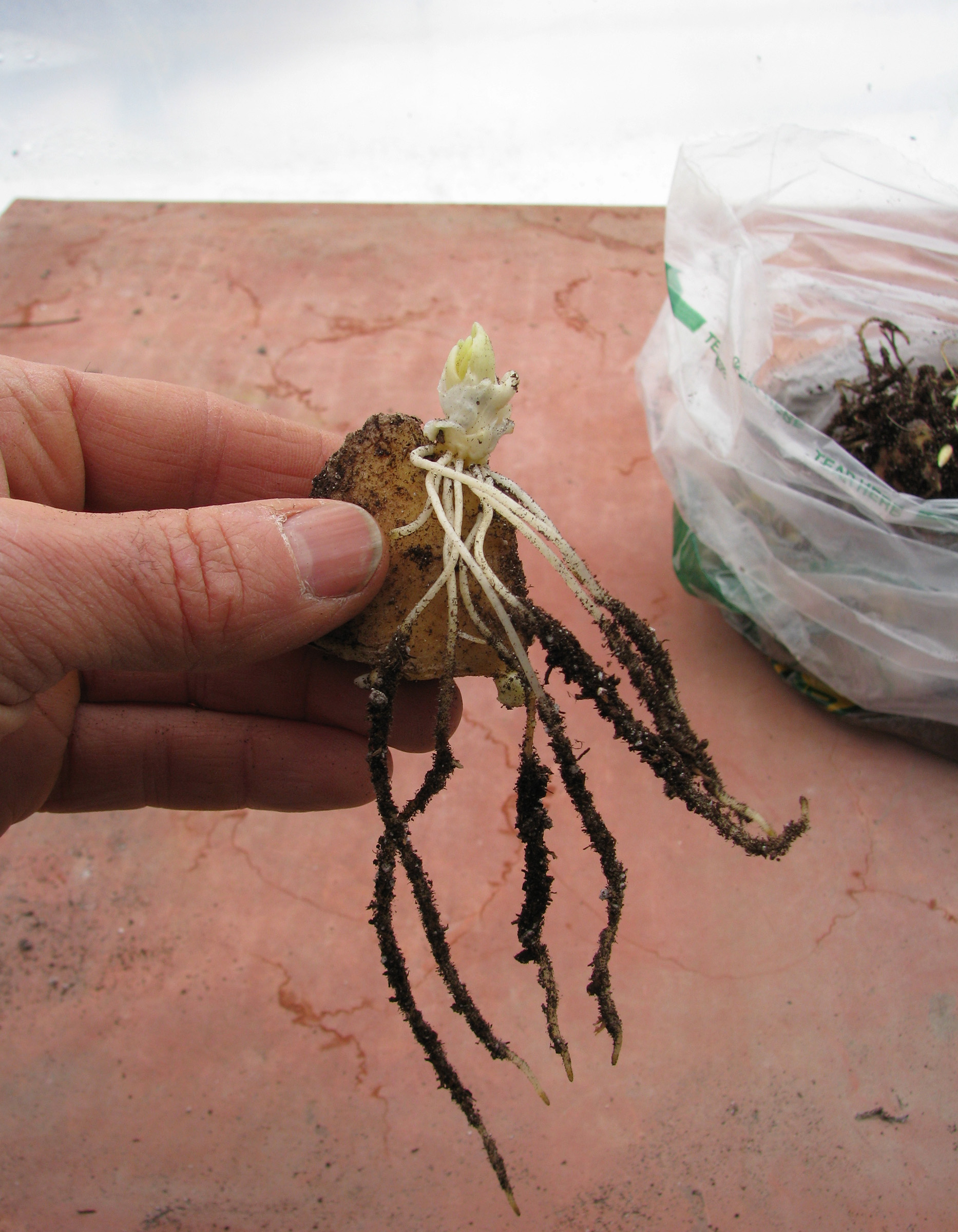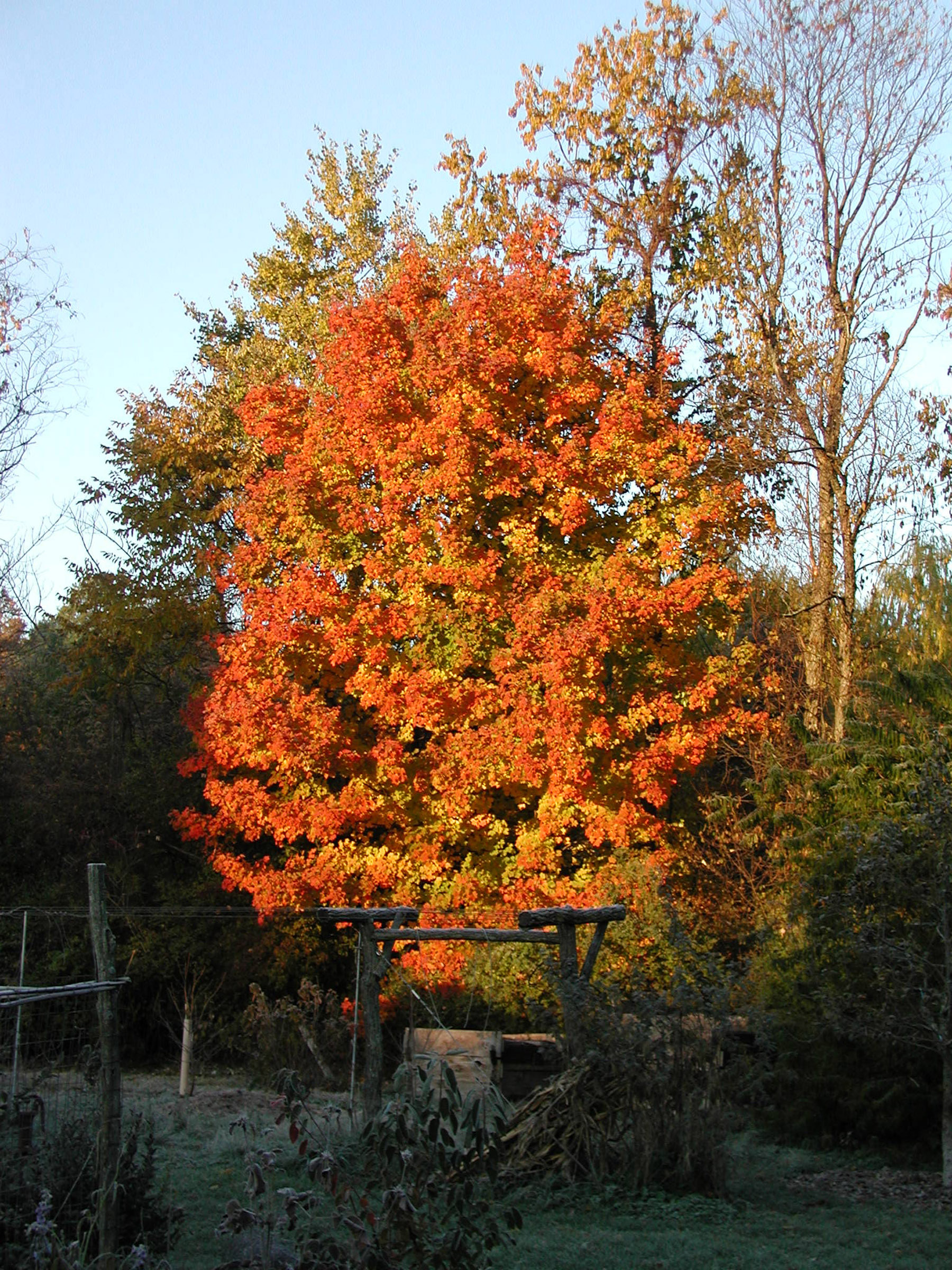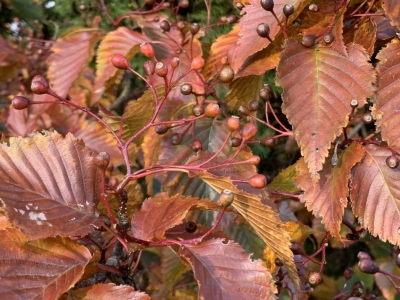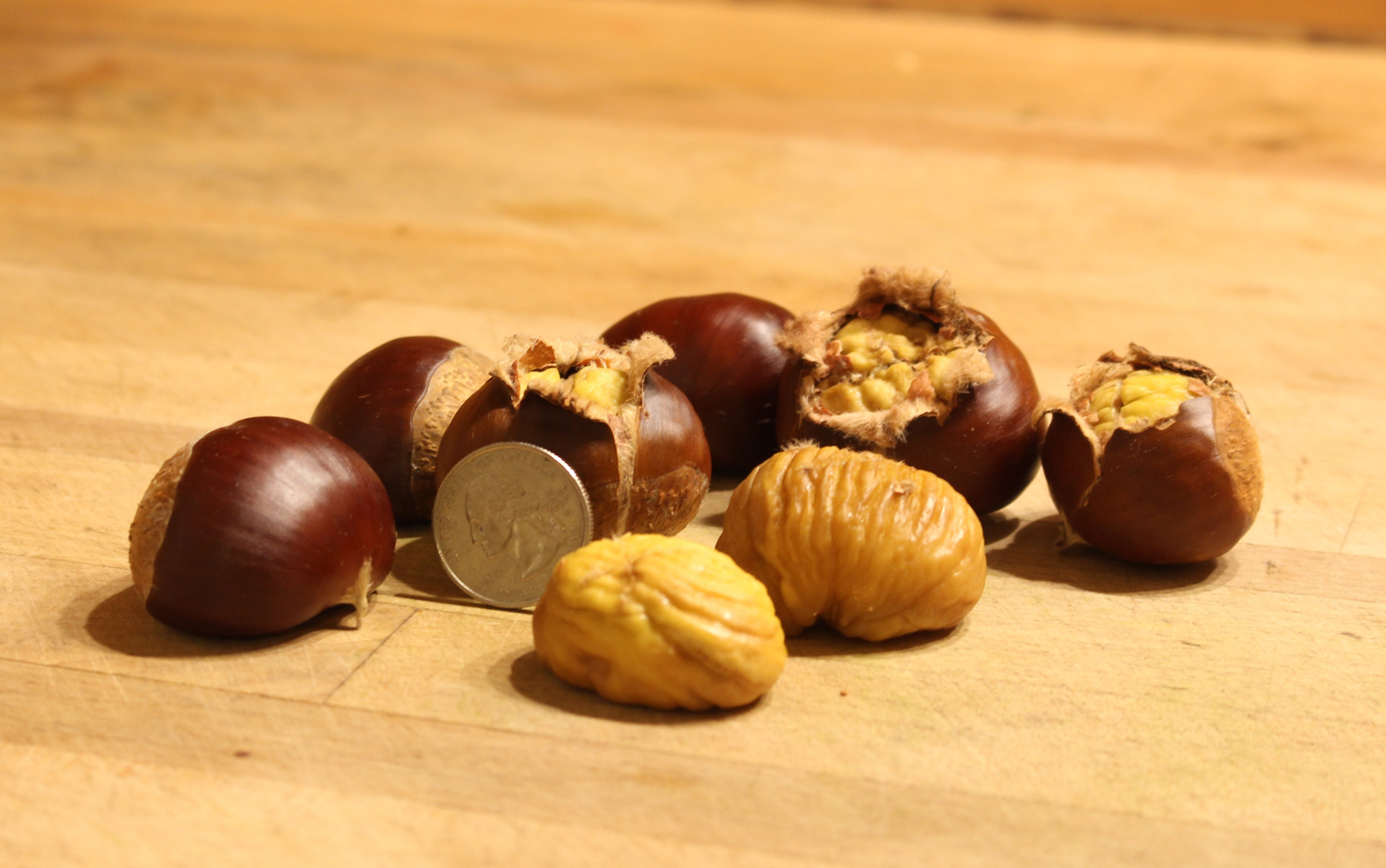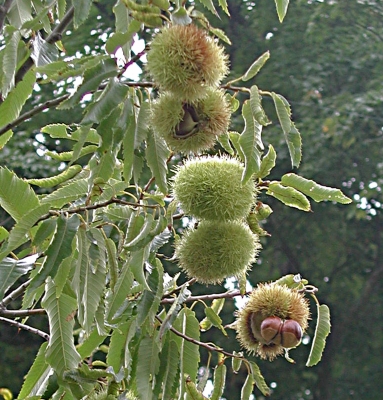SORBUS’ WORTHY OF ATTENTION
Good for More then Youth Artillery
As children, my friends and I were well acquainted with mountain ash trees. European Mountain Ash (Sorbus aucuparia) was ubiquitous to suburban home lots in the Northeast in the 1950’s, and the trees were readily recognized by their ferny leaves and clusters of flashy berries that also served as artillery.
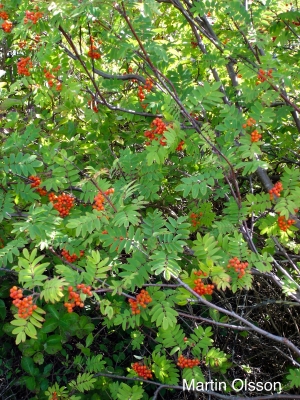
European mountainash
Since that time, mountain ashes have fallen out of favor — and rightly so in many cases. Like our native white birch, European Mountain Ash is native to cool, moist habitats. When planted in sun-drenched backyards where summers are hot, sometimes droughty, they fall prey to borers and other ills. Those berries aren’t actually berries, but pome fruits like apples, to which mountain ashes are closely related and with which they share many of the same ills.
No reason to ignore the whole Sorbus genus, though Read more

